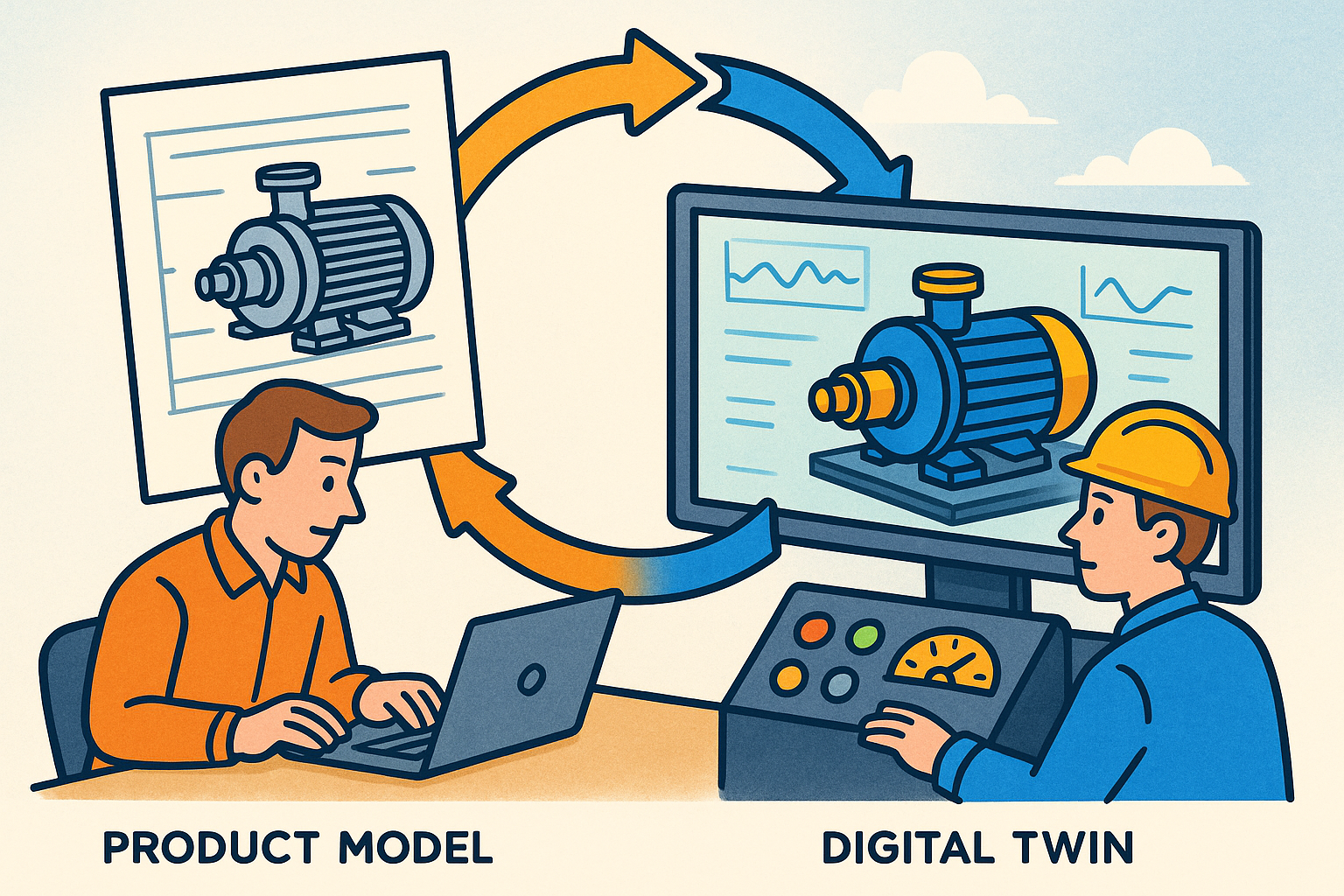Your Cart is Empty
Customer Testimonials
-
"Great customer service. The folks at Novedge were super helpful in navigating a somewhat complicated order including software upgrades and serial numbers in various stages of inactivity. They were friendly and helpful throughout the process.."
Ruben Ruckmark
"Quick & very helpful. We have been using Novedge for years and are very happy with their quick service when we need to make a purchase and excellent support resolving any issues."
Will Woodson
"Scott is the best. He reminds me about subscriptions dates, guides me in the correct direction for updates. He always responds promptly to me. He is literally the reason I continue to work with Novedge and will do so in the future."
Edward Mchugh
"Calvin Lok is “the man”. After my purchase of Sketchup 2021, he called me and provided step-by-step instructions to ease me through difficulties I was having with the setup of my new software."
Mike Borzage
Design Software History: Multiphysics Simulation and the Evolution of ANSYS: A Historical Overview
August 28, 2024 5 min read


Introduction to Multiphysics Simulation
Multiphysics simulation is a cutting-edge approach that integrates multiple physical models to analyze complex engineering problems. By combining different physical phenomena such as structural mechanics, fluid dynamics, thermodynamics, and electromagnetics, multiphysics simulation provides a comprehensive understanding of how products will perform under real-world conditions. This capability is crucial for modern engineering and product development, as it allows for the design and optimization of products with greater accuracy and efficiency.
ANSYS is a prominent example of a tool that excels in multiphysics simulation. Founded in 1970, ANSYS has evolved into a leading software provider known for its robust simulation capabilities. Over the years, ANSYS has introduced numerous features and capabilities that have solidified its position as a key player in the industry. From its early focus on structural analysis to its expansion into fluid dynamics, thermal analysis, and electromagnetic simulation, ANSYS has continually pushed the boundaries of what is possible in the realm of multiphysics simulation.
Historical Development of ANSYS
ANSYS was founded by Dr. John Swanson in 1970 with the goal of delivering powerful engineering simulation software. In its early years, ANSYS focused primarily on structural analysis, providing engineers with tools to analyze the behavior of structures under various loads and conditions. This initial focus laid the foundation for the company's future growth and development.
As the engineering landscape evolved, so did ANSYS. The company began to expand its capabilities to include multiphysics simulation, introducing new modules and features to address a wider range of engineering challenges. Key milestones in this development include the introduction of fluid dynamics capabilities through the acquisition of CFX and Fluent, as well as the addition of thermal analysis and electromagnetic simulation tools.
Strategic acquisitions have played a significant role in ANSYS's growth and expansion. By acquiring companies with complementary technologies, ANSYS has been able to enhance its product offerings and provide a more comprehensive suite of simulation tools. Key acquisitions include the purchase of CFX for fluid dynamics simulation and Fluent for computational fluid dynamics (CFD). These acquisitions have not only expanded ANSYS's capabilities but also reinforced its position as a leader in multiphysics simulation.
Core Technologies Behind ANSYS
At the heart of ANSYS's success are the core technologies that underpin its simulation capabilities. These technologies include Finite Element Analysis (FEA), Computational Fluid Dynamics (CFD), electromagnetic simulation, and thermal analysis.
Finite Element Analysis (FEA)
Finite Element Analysis (FEA) is a fundamental technology used in ANSYS for structural analysis. FEA involves breaking down a complex structure into smaller, manageable elements and solving for the behavior of each element under various conditions. This approach allows engineers to predict how structures will respond to different loads, stresses, and other factors. ANSYS's FEA capabilities are widely used in industries ranging from aerospace to automotive, providing engineers with the tools they need to design and optimize structures with confidence.
Computational Fluid Dynamics (CFD)
Computational Fluid Dynamics (CFD) is another core technology in ANSYS, used for simulating fluid flow and its interactions with solid structures. ANSYS Fluent and CFX are two key CFD tools that employ advanced algorithms and techniques to model fluid behavior. These tools are essential for applications such as fluid-structure interaction, where the interaction between fluid and solid components must be accurately simulated. Examples of CFD applications in ANSYS include the design of efficient cooling systems, aerodynamic analysis of vehicles, and optimization of fluid flow in industrial processes.
Electromagnetic Simulation
Electromagnetic simulation is a critical component of ANSYS's multiphysics capabilities, particularly in applications involving antenna design, PCB analysis, and other areas where electromagnetic fields play a crucial role. ANSYS HFSS is a leading tool for electromagnetic simulation, providing engineers with the ability to accurately model and analyze electromagnetic phenomena. This capability is essential for designing high-performance electronic devices, ensuring electromagnetic compatibility, and optimizing wireless communication systems.
Thermal Analysis
Thermal analysis in ANSYS involves simulating heat transfer and thermal behavior in various systems. This capability is important for applications ranging from electronics cooling to thermal management in automotive and aerospace industries. ANSYS provides robust tools for thermal analysis, allowing engineers to model and simulate heat transfer processes with high accuracy. Examples of coupled thermal-mechanical simulations include the analysis of thermal stresses in electronic components and the optimization of cooling systems in high-performance vehicles.
Impact and Future Trends
ANSYS's multiphysics simulation capabilities have had a profound impact across various industries. Key sectors that benefit from ANSYS's tools include aerospace, automotive, electronics, biomedical, and energy. In aerospace, ANSYS is used for the design and optimization of aircraft components, ensuring structural integrity and aerodynamic performance. In the automotive industry, ANSYS's simulation tools help in the development of safer and more efficient vehicles. Electronics companies use ANSYS for the design and analysis of high-performance electronic devices, while biomedical engineers rely on ANSYS for simulating medical devices and implants. The energy sector benefits from ANSYS's capabilities in optimizing power generation and distribution systems.
As technology continues to evolve, ANSYS is at the forefront of integrating emerging technologies into its simulation processes. Two key areas of focus are the integration of artificial intelligence (AI) and machine learning, as well as the adoption of cloud-based simulation and collaboration tools. AI and machine learning are being used to enhance simulation accuracy, automate routine tasks, and provide predictive insights. Cloud-based simulation allows for greater collaboration and accessibility, enabling engineers to perform simulations from anywhere and share results with team members in real-time.
Looking to the future, ANSYS is poised to lead innovation in multiphysics simulation. Trends and potential developments include the continued integration of AI and machine learning, advancements in high-performance computing, and the development of new simulation tools to address emerging engineering challenges. ANSYS's commitment to innovation ensures that it will continue to play a pivotal role in advancing technology and enabling engineers to tackle complex problems with confidence.
Conclusion
In summary, ANSYS has made significant contributions to the field of multiphysics simulation, providing engineers with powerful tools to analyze and optimize complex systems. From its early focus on structural analysis to its current capabilities in fluid dynamics, thermal analysis, and electromagnetic simulation, ANSYS has continually pushed the boundaries of what is possible in engineering simulation. Its impact across various industries is profound, and its commitment to innovation ensures that it will continue to lead the way in addressing future engineering challenges.
Reflecting on its historical significance and future potential, ANSYS stands as a testament to the importance of multiphysics simulation in advancing technology and innovation. By enabling engineers to simulate and analyze complex systems with high accuracy, ANSYS plays a crucial role in the development of safer, more efficient, and more innovative products.
Also in Design News

Design Software History: From Interchangeability to Semantic PMI: A History of Tolerancing in CAD
December 27, 2025 12 min read
Read More
Synchronization of Product Models and Digital Twins to Close the Design–Operate Loop
December 27, 2025 12 min read
Read More
Cinema 4D Tip: Turbulence Field for Fast, Art‑Directable Organic Motion
December 27, 2025 2 min read
Read MoreSubscribe
Sign up to get the latest on sales, new releases and more …


